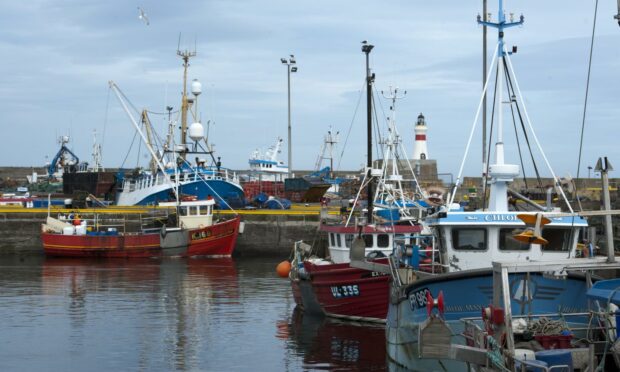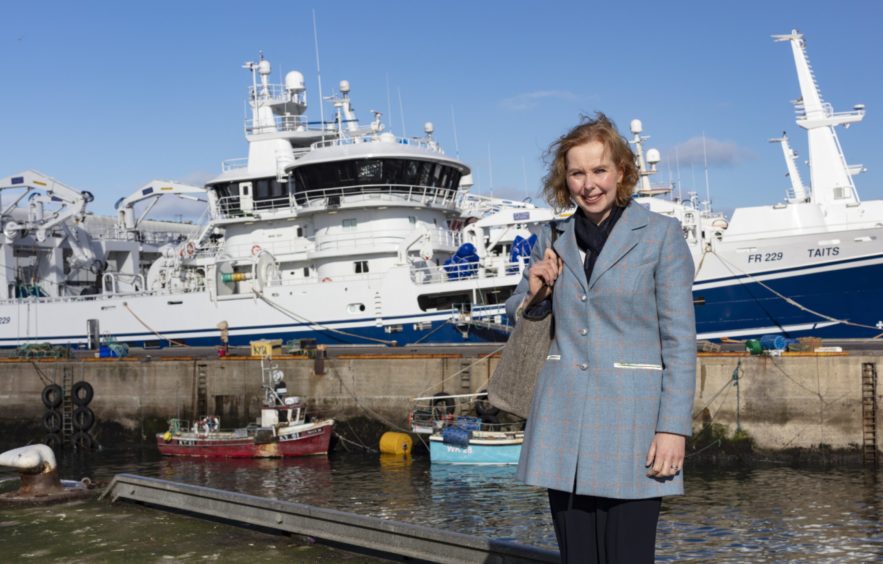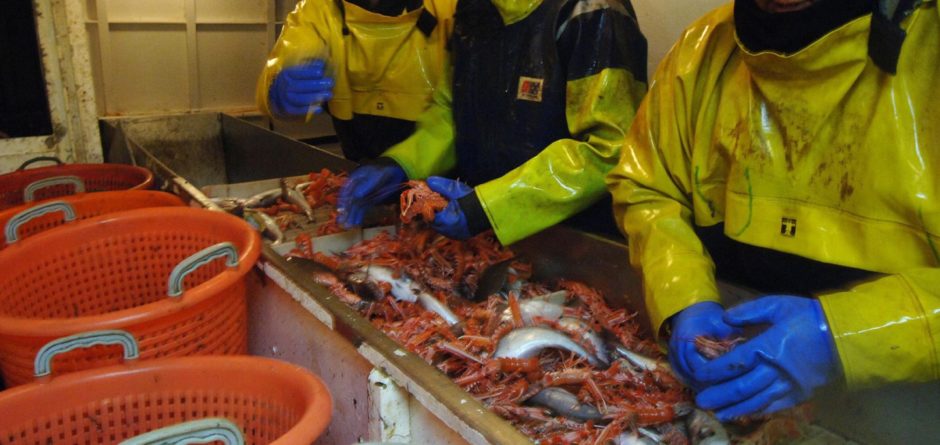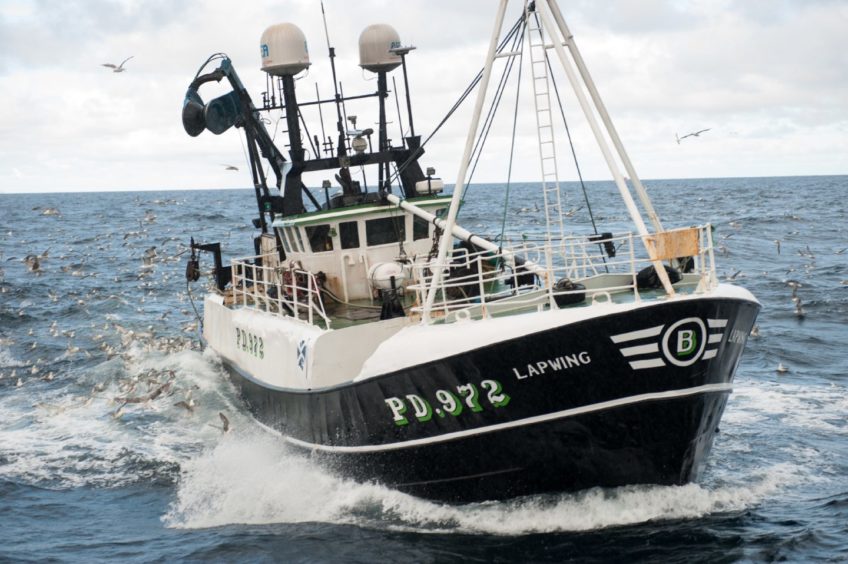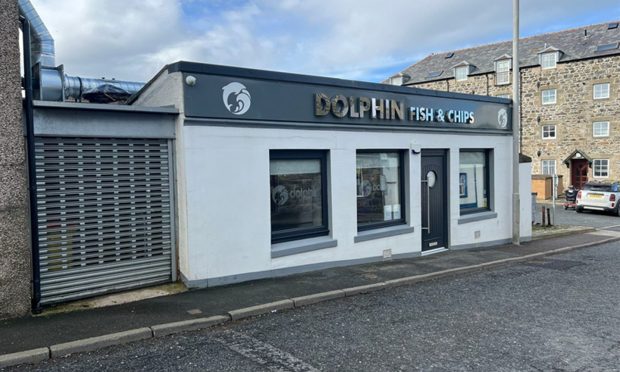Scottish fishing chiefs say new figures highlighting the impact of Covid-19 on the UK fleet reflect an “extremely challenging time” for the industry.
According to seafood industry body Seafish, operating profits across the fleet fell by nearly one-fifth (19%) in 2020, to £214 million, as fishers grappled with the pandemic and its knock-on effects on supply chains.
Turnover, which had been above £1 billion in each of the previous three years fell by 17% to £843m as UK foodservice and export markets collapsed.
Diversification and collaboration have kept vessels fishing and the seafood supply chain moving.”
Arina Motova, chief econmist, Seafish
These totals include £18.6m of grants paid directly to fishing businesses by the UK Government and devolved administrations.
While this support helped some businesses to keep cash flows positive, many have reduced their fishing effort or changed the species they target to stay in business.
Scottish Fishermen’s Federation chief executive Elspeth Macdonald said: “The Seafish economic performance estimates for 2020 chime with what skippers and crew in the fleet were telling us throughout the year – it was an extremely challenging time due to the impact of Covid-19 on the demand for fish and shellfish both at home and abroad.
‘Terrible Brexit deal’
“Government support was obviously helpful in sustaining some businesses, and we are grateful for that.
“In the years ahead we will work extremely hard to recover the losses and try to build a better future for the sector as we deal with not just the impact of the pandemic, but with the outcome of the terrible Brexit deal on fishing.”
Seafish chief economist Arina Motova said: “The global pandemic has affected every part of our lives so it’s no surprise the UK fishing fleet had a challenging year in 2020.
“The impacts can be seen in the figures published today, which show overall operating profits falling by 19%.”
Ms Motova added: “These are top-line average figures and different parts of the fleet have had different experiences.
“For example, vessels normally supplying shellfish into hospitality markets were acutely affected.
“Overall nephrops (prawn) trawlers and scallop dredgers saw fishing income drop by 39% in 2020, compared to 2019.
“Elsewhere those catching mackerel enjoyed higher quotas and relatively stable average prices.”
The figures highlight the “resilience” of the UK fishing fleet in “extremely challenging times”, she said, adding: ” Most vessels could not avoid tying up or reducing their activity for a period.
“That said, adaptation, diversification and collaboration have kept vessels fishing and the seafood supply chain moving.
“While it’s too early to understand the full impact of the pandemic on the economic performance of fishing vessels, these figures do give us an early indication of the situation. We expect to see more detail as company accounts are filed next spring.”
The total weight landed by the UK fleet last year was around 620,000 tonnes, close to the 2019 figure.
But fishing income fell to £806m, from £990m in 2019, due to lower levels of fishing activity and reduced fish prices.
Operating costs decreased to £629m, from £757m previously, which Seafish also attributed to the lower levels of activity, as well as s decrease in fuel prices.
The total spent by the fleet on fuel during 2020 was an estimated £91m, down by 31% on 2019, with the average cost per litre dropping by 12.4p to 37.1p.
Crew left high and dry
Crew costs also decreased on the previous year, falling to £216m from £272m . With many fishers paid through crew share agreements, this drop likely means a reduction in their incomes.
The total number of active fishing vessels fell to 4,301, from 4,548 in 2019, with a large number of boats remaining in port for much of last year. The number of inactive vessels grew to 1,692, a 16% increase on 2019.
All figures are based on preliminary landings data and the results of Seafish’s 2020 survey of the UK fishing fleet.
